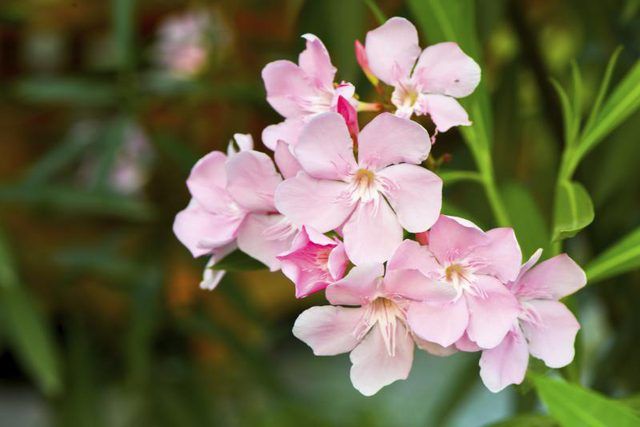Bulbs
Flower Basics
Flower Beds & Specialty Gardens
Flower Garden
Garden Furniture
Garden Gnomes
Garden Seeds
Garden Sheds
Garden Statues
Garden Tools & Supplies
Gardening Basics
Green & Organic
Groundcovers & Vines
Growing Annuals
Growing Basil
Growing Beans
Growing Berries
Growing Blueberries
Growing Cactus
Growing Corn
Growing Cotton
Growing Edibles
Growing Flowers
Growing Garlic
Growing Grapes
Growing Grass
Growing Herbs
Growing Jasmine
Growing Mint
Growing Mushrooms
Orchids
Growing Peanuts
Growing Perennials
Growing Plants
Growing Rosemary
Growing Roses
Growing Strawberries
Growing Sunflowers
Growing Thyme
Growing Tomatoes
Growing Tulips
Growing Vegetables
Herb Basics
Herb Garden
Indoor Growing
Landscaping Basics
Landscaping Patios
Landscaping Plants
Landscaping Shrubs
Landscaping Trees
Landscaping Walks & Pathways
Lawn Basics
Lawn Maintenance
Lawn Mowers
Lawn Ornaments
Lawn Planting
Lawn Tools
Outdoor Growing
Overall Landscape Planning
Pests, Weeds & Problems
Plant Basics
Rock Garden
Rose Garden
Shrubs
Soil
Specialty Gardens
Trees
Vegetable Garden
Yard Maintenance
How to Grow Oleanders
How to Grow Oleanders. A member of the dogbane family, oleander (Nerium oleander) is an evergreen shrub characterized by showy, fragrant summertime blooms in shades of red, pink, yellow and white. The fast growing shrub boasts a tough disposition, requiring minimal maintenance and care. Use caution when growing this plant, as all parts of oleander...

A member of the dogbane family, oleander (Nerium oleander) is an evergreen shrub characterized by showy, fragrant summertime blooms in shades of red, pink, yellow and white. The fast growing shrub boasts a tough disposition, requiring minimal maintenance and care. Use caution when growing this plant, as all parts of oleander are highly toxic to humans and pets when ingested, and may cause severe skin irritation when handled; the shrub may not be suitable for households with small children or pets. The Invasive Plant Atlas of the United States lists oleander as invasive in Florida, in some regions of California, and in other areas of the southwestern and southeastern United States.
Full Sun Is Best
Oleander is hardy in U.S. Department of Agriculture plant hardiness zones 8 to 10, where it thrives in full sunlight. The shrub tolerates high humidity and can even grow against a south- or west-facing wall. Though capable of surviving brief periods with temperatures as low as 15 to 20 degrees Fahrenheit, foliage damage will occur. If planting multiple oleander shrubs, provide about 10 feet of space in between shrubs.
Water Regularly and Fertilize Annually
Oleanders are not picky about soil so long as it is well draining. You can increase drainage in the soil by incorporating 2 to 3 inches of well-rotted compost into the planting bed. A fertile, well-draining potting mixture is preferable for potted plants; a potted plant must be grown in a container with a drainage hole in the bottom.
Though drought tolerant, oleanders produce their best growth if watered regularly throughout the growing season, but allow soil to dry out between waterings.
Fertilize oleander in early spring, as new growth begins to appear, with 1/2 cup of a 10-10-10 fertilizer per 4 feet of shrub height. Sprinkle fertilizer on the ground and water well to disperse into the soil. Store in a secure location away from children and pets.
Overwinter Where Not Hardy
Oleanders may be grown in containers and brought indoors for the winter once temperatures drop down to 20 degrees Fahrenheit. The Missouri Botanical Garden notes that oleanders do best when the overwintering period is brief, so bring the potted plants back outside as soon as freezes finish for the spring. Keep the plant as a houseplant next to a bright, sunny window, or allow the plant to undergo dormancy by placing the plant in a cool room around 40 degrees Fahrenheit with moderate light. Water indoor plants sparingly.
Stressed Plants Attract Disease
Oleanders that are stressed from freeze damage or drought are more likely to attract Botryosphaeria dieback, a fungal disease that causes branches and shoots to turn dark brown and die. Check the shrub for discolored tissue and prune out diseased growth, disinfecting your pruning equipment afterwards by soaking it for 5 minutes in a solution that is half rubbing alcohol and half water. Rinse with water and allow tools to air dry. Wear gloves while pruning to protect yourself from the irritating sap. Do not burn cuttings, as the smoke can be very harmful.
Check for Pests
Common garden pests such as aphids, mealy bugs and scale may attack oleander, marring the beauty of the flowers and foliage. Combat pests by spraying the entire shrub, including the undersides of leaves, with neem oil until all surfaces are wet. When temperatures are above 40 degrees Fahrenheit, mix 2 to 5 tablespoons of oil into 1 gallon of water and spray the shrub using a handheld or hose sprayer. Store unused oil in its original container in a location away from children and pets.